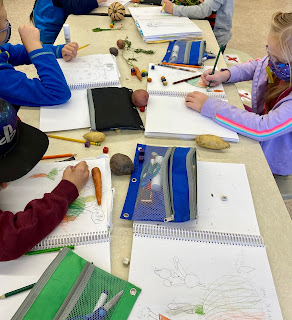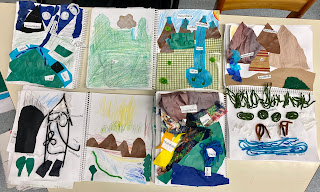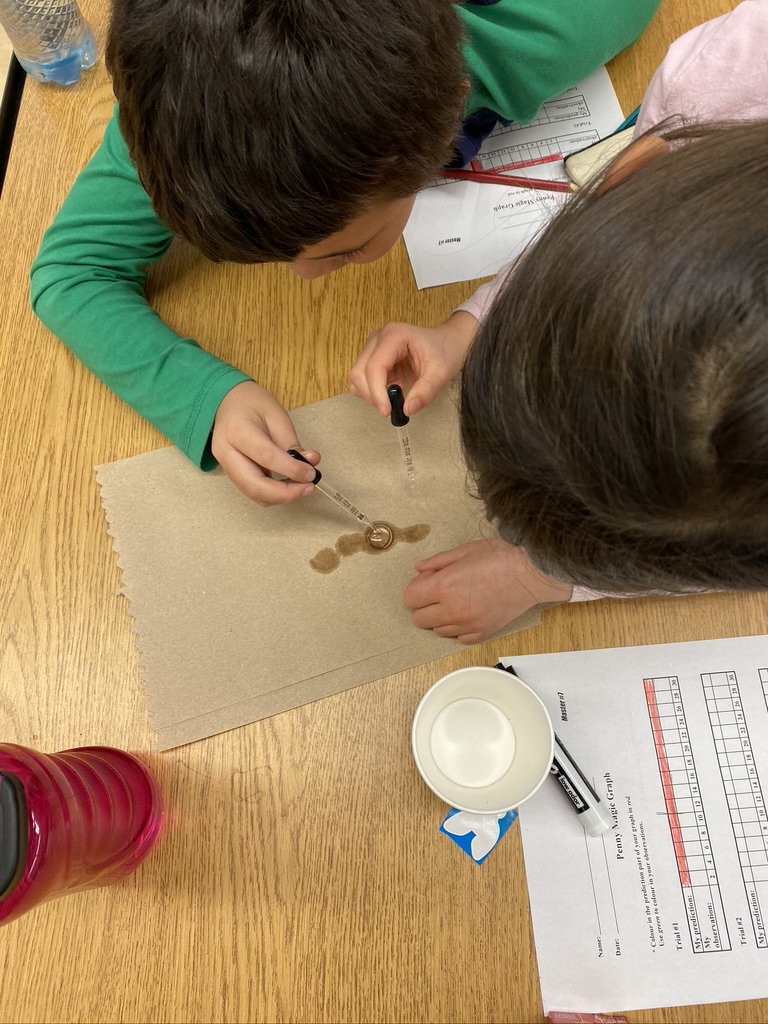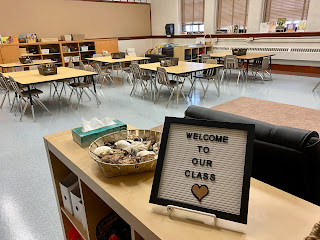October 12th - 15th
This week one of our focuses was to introduce the Fab 4 Reciprocal Reading strategies to students. Reciprocal teaching is a scaffolded, or supported, discussion technique that incorporates four main strategies—predicting, questioning, clarifying, summarizing—that good readers use together to comprehend text. We started our focus on predicting by modelling to students how to use pictures to make realistic predictions based on the evidence from the book. This modelling included using the following sentence frame to assist students with developing their predictions: I think this will happen because..
Together we read several books where students were asked to formulate predictions of what was going to happen in the story based on the evidence (pictures) from the text and decide whether their predictions were realistic. We will continue this work throughout the year as we work to build on our reading strategies.
I can show value to the community and groups to which I belong. I can describe materials and objects that have been observed and manipulated, and identify what was done and found out. I can use my senses to make general and specific observations, and communicate observations orally and by producing captioned pictures. I can sort objects using 1 sorting rule and explain the rule. I can estimate, compare and measure length using non-standard units.
The grade 1/2 classes were also fortunate to have been gifted some plants and vegetables from a community member's garden. This donation led to some authentic learning where we first began by discovering the kinds of vegetables and plants we were given, discussing what we knew about them and what we wondered about them. Students also spent time sorting the plants into different categories (grow above ground, grow underground, and grow on the ground). We also enjoyed using our sense to find out more about each plant, documenting our discoveries and using non standard measures to measure and compare our longer/taller plants (corn and sunflowers). We used the internet to search up some answers to wonderings we had like, what is that part of the corn called and what does it do? Students also spent time discussing ways we could show gratitude to our community members for the donation, new learnings and experience.









Comments
Post a Comment